Deep cleaning goes beyond routine maintenance, focusing on comprehensive sanitization and rejuvenation. It involves thorough scrubbing of hard-to-reach areas, deep cleaning appliances, and decontaminating high-touch surfaces for a healthier living environment, especially crucial for families with allergies or vulnerable individuals. Before starting, declutter and organize your home, then prepare essential tools like a microfiber mop, vacuum cleaner, all-purpose cleaner, and protective gear. Follow a structured guide to tackle tasks from top to bottom, including bathroom fixtures, kitchen appliances, and hard floors. Implement regular deep cleaning routines with natural solutions, dedicating time and attention to detail for each room. Opt for professional deep cleaning services for extensive refreshment, utilizing specialized tools and eco-friendly products to reach hard-to-access areas and ensure a safe home environment.
Looking to transform your home’s hygiene and sparkle? Deep cleaning is an essential practice that goes beyond surface cleanliness. It involves a thorough, systematic approach to eliminating dirt, germs, and contaminants from every nook and cranny. This article is your comprehensive guide to mastering deep cleaning. From understanding the process and preparing your space to essential tools, step-by-step techniques, and maintaining a hygiene routine, we’ll empower you to achieve a clean and healthy living environment.
Understanding Deep Cleaning: What It Entails and Why It's Necessary
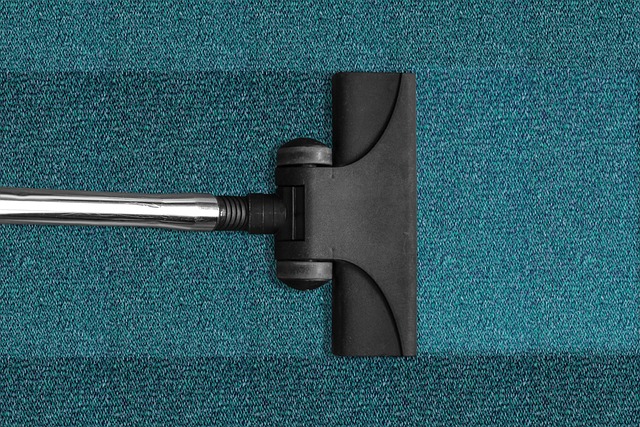
Deep cleaning involves a thorough and comprehensive approach to sanitizing and rejuvenating your home, going beyond regular daily chores. It entails meticulous attention to details, from scrubbing hard-to-reach surfaces and deep-cleaning appliances to freshening fabrics and decontaminating high-touch areas. This process is crucial for maintaining a healthy living environment, especially in today’s world where proper hygiene is paramount.
Regular cleaning may miss hidden corners and contaminants, leading to the accumulation of dirt, bacteria, and allergens. Deep cleaning addresses these issues by eliminating germs, freshening air, and restoring the overall cleanliness of your space. It is particularly necessary for families with allergies, young children, or older adults who are more susceptible to health risks associated with poor indoor hygiene.
Preparing for the Big Clean-Up: Decluttering and Organizing Tips
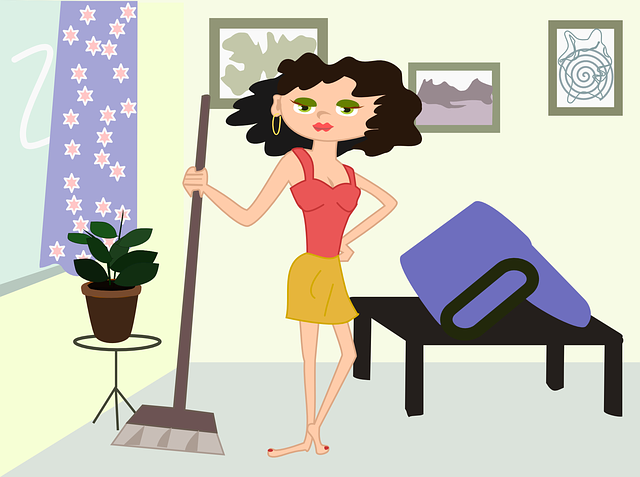
Before diving into the deep cleaning process, it’s essential to prepare your home for a thorough and efficient cleanup. Decluttering is a crucial step in this preparation, as it allows for better access to all areas of your space. Start by sorting through items and deciding what to keep, donate, or discard. This process can be facilitated by setting aside designated zones for keeping, giving, and throwing away items.
Organizing your belongings further ensures that everything has its place. Utilize storage solutions like baskets, boxes, or shelves to neatly arrange items according to their use or category. A well-organized home not only makes deep cleaning easier but also promotes a more peaceful living environment.
Essential Tools and Supplies for an Effective Deep Clean
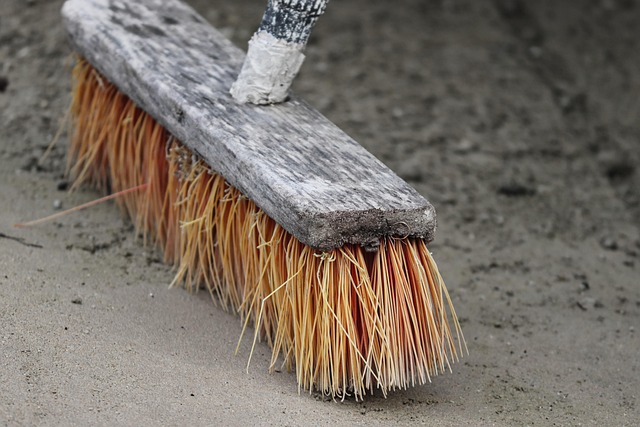
A successful deep clean requires the right tools and supplies to ensure every nook and cranny is addressed. Start with a comprehensive cleaning caddy equipped with essentials like a microfiber mop, vacuum cleaner with attachments, all-purpose cleaner, glass cleaner, and a variety of brushes (for windows, hard-to-reach areas, and stubborn stains). Don’t forget protective gear, such as gloves and a mask, to keep your hands and lungs safe while tackling dust, allergens, and other debris.
Additionally, consider investing in specialized tools for specific tasks: a steam mop for thoroughly cleaning floors, a pressure washer for exterior surfaces, and an ozonizer for sanitizing hard-to-reach areas or eliminating odors. Having these deep cleaning supplies on hand will make the process more efficient, ensuring you can achieve a sparkling home with minimal effort.
Step-by-Step Guide to Deep Cleaning Key Areas of Your Home
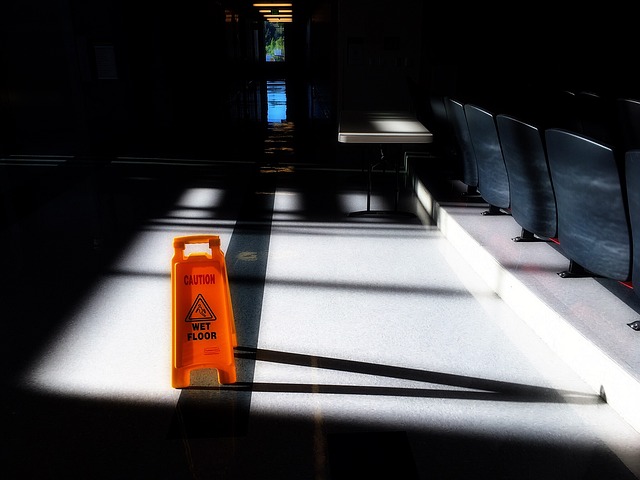
Deep Cleaning Key Areas of Your Home
Start by decluttering each room before diving into deep cleaning. Remove all items from surfaces and floors, sorting them into keep, donate, or discard piles. This step facilitates better access to hard-to-reach areas and ensures a more thorough clean. Begin with the top shelves and work your way down, using a ladder if necessary. Don’t forget to dust ceiling fans, light fixtures, and other overhead surfaces.
Next, tackle high-touch areas like doorknobs, light switches, and remote controls using disinfecting wipes or a microfiber cloth dampened with cleaning solution. Move on to scrubbing bathroom tiles, bathtubs, and sinks with appropriate cleaners. For kitchens, focus on appliances, countertops, and backsplashes. Remember to clean under the oven, inside cabinets, and behind appliances. After completing these tasks, vacuum carpets and rugs, mop hard floors, and wipe down window sills and frames.
Creating a Hygiene-Focused Routine for Ongoing Maintenance

Implementing a regular deep cleaning routine is key to maintaining a hygienically safe home environment. Start by breaking down your cleaning tasks into manageable weekly or bi-weekly sections, focusing on different areas each time. This structured approach ensures every nook and cranny receives the attention it needs. For instance, dedicate one week to scrubbing bathrooms, including toilets, sinks, and showerheads, using disinfectants to kill germs. The following week, move on to kitchens, thoroughly cleaning appliances, countertops, and baseboards.
To make deep cleaning more sustainable, incorporate natural, non-toxic cleaning solutions whenever possible. These not only reduce environmental impact but also promote a healthier living space for you and your family. Regularly washing bedding, vacuming floors, and dusting surfaces are essential hygiene practices that should be incorporated into your ongoing maintenance routine. Remember, consistency is key; a well-established deep cleaning regimen will significantly contribute to a cleaner, healthier home.
Common Mistakes to Avoid During Deep Cleaning
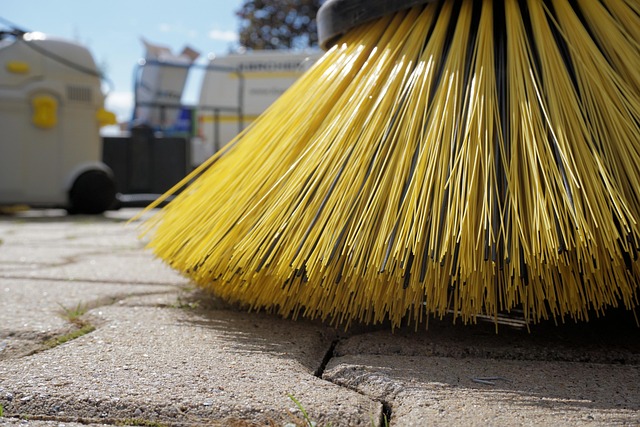
Deep cleaning your home can be a daunting task, but it doesn’t have to be overwhelming or filled with mistakes. Here are some common pitfalls to steer clear of as you tackle this comprehensive clean:
One frequent mistake is trying to deep clean in a rushed manner. Deep cleaning requires time and attention to detail; skimping on either will leave surfaces unclean and potentially missed areas. It’s crucial to allocate sufficient time, room by room, ensuring each space gets the thorough scrub it deserves. Additionally, many people overlook storage areas like closets and under-the-bed spaces. These hidden corners can accumulate dust, dirt, and even pests over time. Remember to reach every nook and cranny for a complete deep clean.
Benefits of Professional Deep Cleaning Services
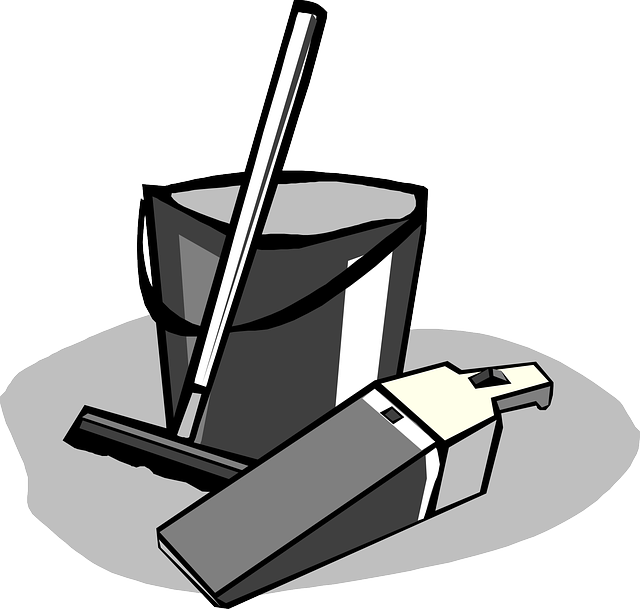
Deep cleaning services offer numerous benefits that go beyond a basic tidying up. These professional teams are equipped with specialized tools and products designed to tackle deep-seated dirt, dust, and grime accumulated over time. This level of cleanliness extends far beyond what an average homeowner can achieve in a single session, making it ideal for properties that have been neglected or for those looking to prepare their homes for specific events like moving in or out, hosting guests, or selling a property.
One of the key advantages is the extensive reach these services provide. From hard-to-reach areas like ceiling fans and baseboards to thorough cleaning of kitchen appliances and bathroom fixtures, professional cleaners ensure every nook and cranny is scrubbed clean. Additionally, they employ safe and eco-friendly products, which are crucial for maintaining a healthy living environment, especially for individuals with allergies or respiratory conditions. This specialized care can save homeowners time, effort, and the potential health risks associated with using harsh chemicals or climbing ladders to reach high areas.
